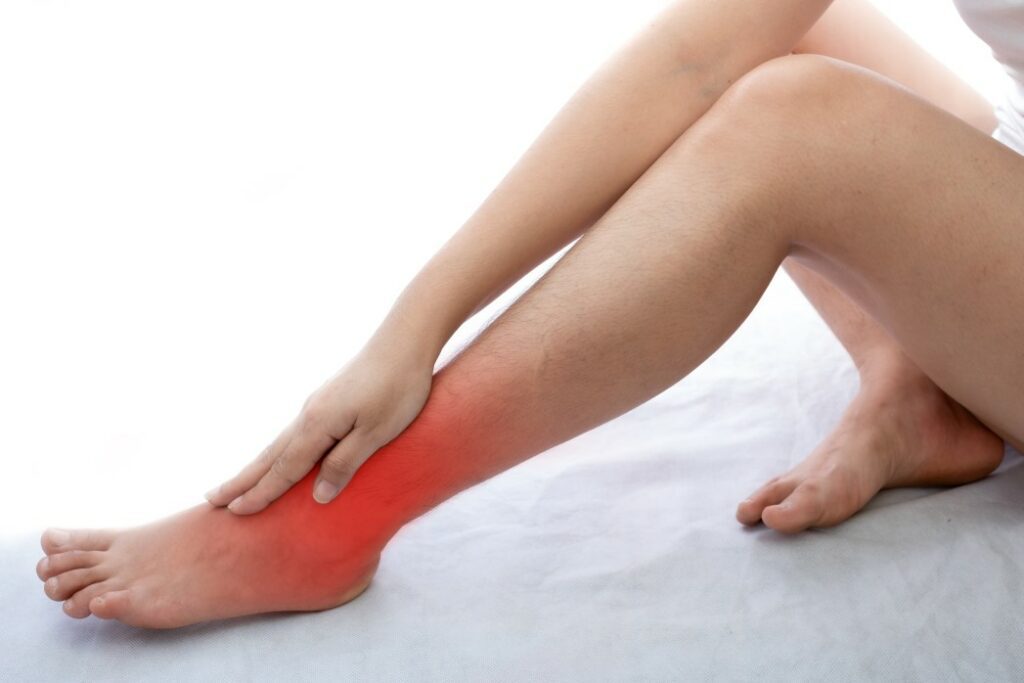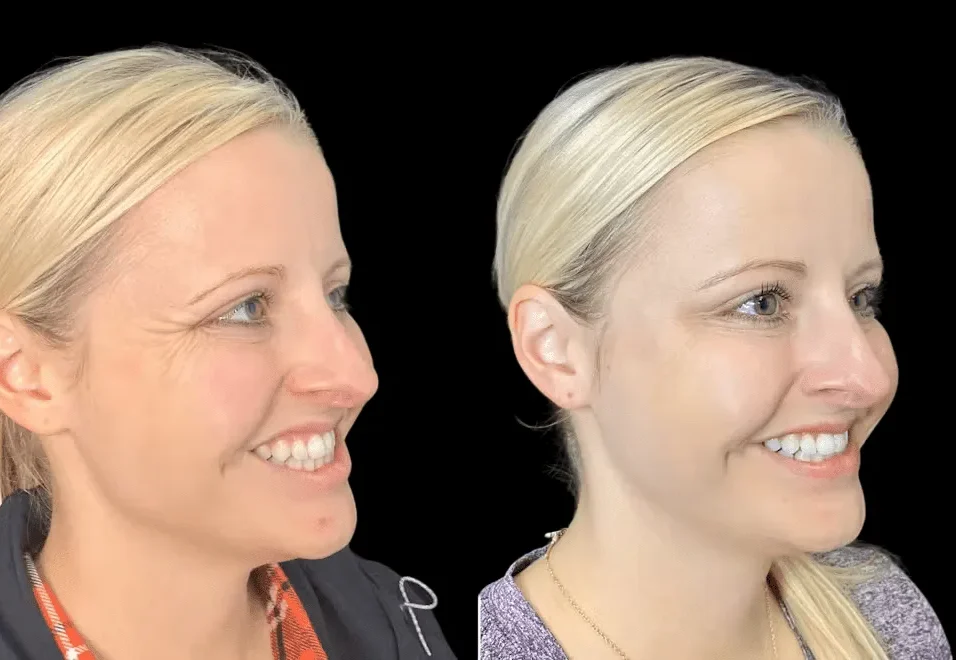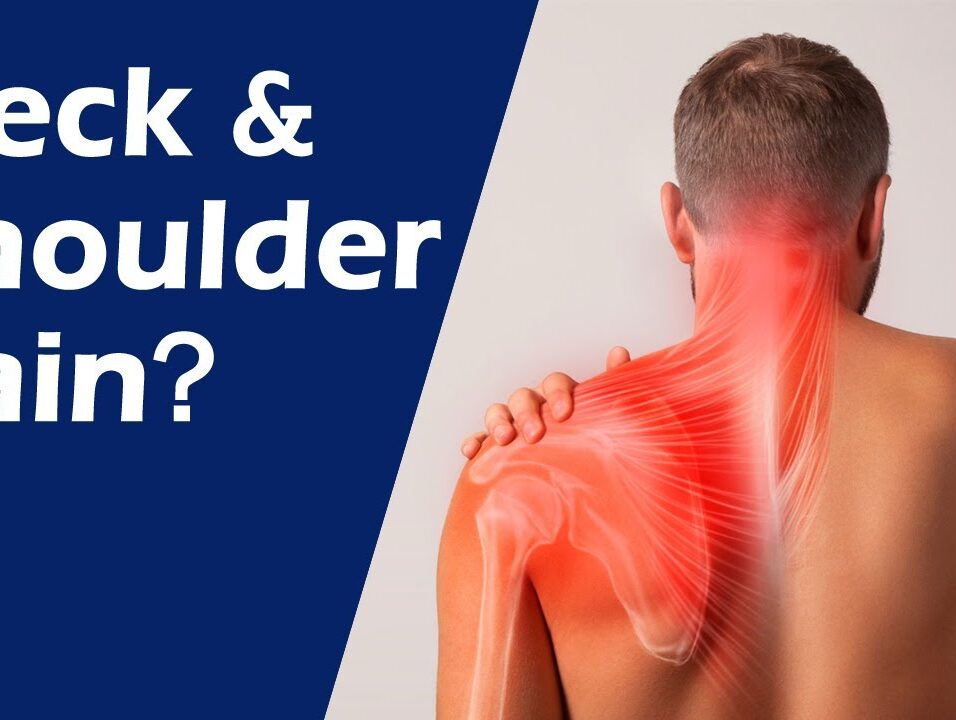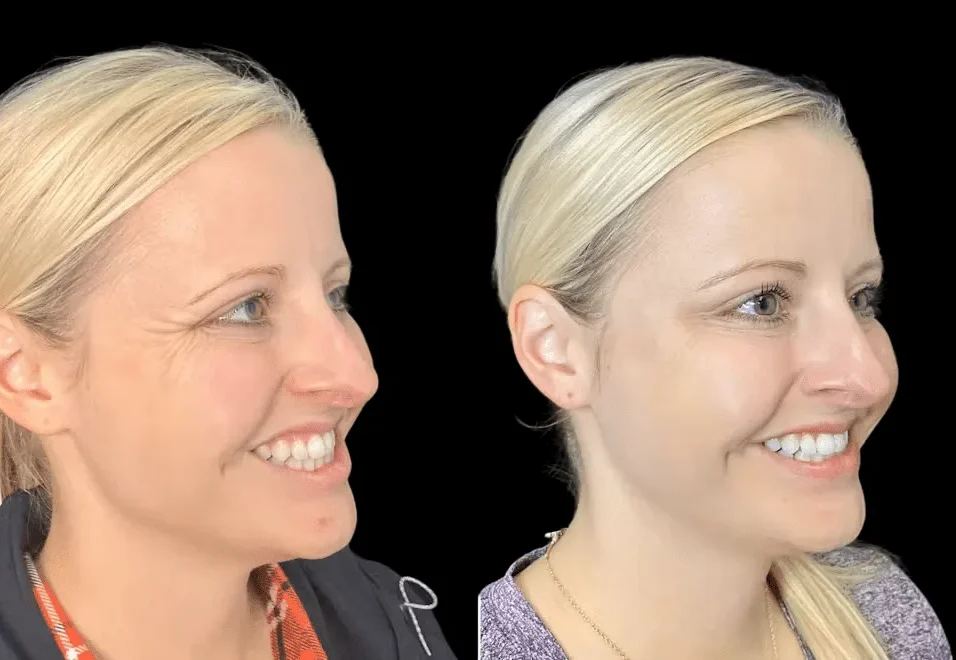CRPS Treatment Options: Exploring Medication, Therapy, and Alternative Solutions
Complex Regional Pain Syndrome (CRPS) is a painful, often debilitating condition that affects millions. It requires a nuanced approach to treatment as symptoms and severity vary from person to person. Fortunately, multiple CRPS treatment options are available to alleviate pain, restore mobility, and enhance quality of life. This guide explores the primary treatments used to manage CRPS, from medications to innovative therapies and holistic approaches.
Understanding the Importance of a Multi-Modal Approach
CRPS is best managed with a multi-modal approach, which combines several treatment types to target different aspects of the condition. This may include medications, physical and occupational therapy, nerve blocks, and alternative treatments. By exploring various options, individuals can develop a tailored CRPS treatment plan that addresses their unique needs.
Medication Options for CRPS Pain Relief
Medications are often the first line of defense in CRPS treatment. While there is no single cure, medications can significantly reduce pain and improve daily functioning.
Do you want to visit Char Dham? Char Dham Travel Agent is the best place to plan your Char Dham tour. You can book the tour from here.
- Nonsteroidal Anti-Inflammatory Drugs (NSAIDs): NSAIDs, such as ibuprofen, help manage pain and inflammation. They are particularly effective for mild to moderate cases.
- Anticonvulsants and Antidepressants: Drugs like gabapentin, pregabalin, and certain antidepressants are effective in treating neuropathic pain, which is a common feature of CRPS.
- Opioids: In severe cases, opioids may be prescribed. However, they are generally used cautiously due to potential side effects and the risk of dependency.
- Corticosteroids: Used to reduce inflammation, corticosteroids may also help in the early stages of CRPS to prevent further nerve damage.
Medications should always be prescribed and monitored by a healthcare professional who specializes in pain management.
Physical Therapy and Occupational Therapy
Physical and occupational therapies are essential components of CRPS treatment. These therapies focus on improving range of motion, reducing stiffness, and increasing strength in the affected limb.
- Desensitization Therapy: This technique involves exposing the affected area to gentle stimuli, like soft fabrics, to gradually reduce sensitivity.
- Gradual Mobility Exercises: Physical therapists use a progressive approach to increase strength and flexibility in the affected limb, which can help manage pain and prevent further complications.
- Task-Specific Training: Occupational therapists assist patients in performing everyday tasks more comfortably and safely, which is especially important for those with limited mobility.
Regular, structured therapy sessions can make a noticeable difference in a patient’s quality of life and are often a foundational part of CRPS treatment.
Would you like to visit Indiar? A tour operator in India is the best place to plan your tour. You can book a tour from here.
Sympathetic Nerve Blocks
For those experiencing severe, persistent pain, sympathetic nerve blocks offer temporary relief. During this procedure, an anesthetic is injected around the sympathetic nerves to block pain signals.
- Efficacy: Nerve blocks can provide immediate relief for some individuals, although effects may be short-term. They are particularly helpful for those with severe pain that has not responded to other treatments.
- Repeat Treatments: Some individuals may require multiple injections to maintain pain relief over time.
Nerve blocks are generally considered safe but should be performed by an experienced pain management specialist familiar with CRPS treatment.
Spinal Cord Stimulation (SCS)
Spinal cord stimulation (SCS) is an innovative CRPS treatment for chronic pain, particularly when conventional therapies prove ineffective. The process involves implanting a device near the spinal cord that sends electrical signals to block pain messages from reaching the brain.
Would you like to visit Haridwar? Travel agents in Haridwar are the best place to plan your trip. You can book your tour right here.
- Procedure and Effects: The procedure involves a small trial phase to assess the individual’s response. If successful, a permanent device is implanted.
- Pain Reduction: Many individuals report a significant reduction in pain and improved mobility after SCS. The effects, however, can vary based on the severity of CRPS and patient response.
Alternative Therapies in CRPS Treatment
Alternative treatments complement traditional CRPS treatment options, offering additional relief and focusing on holistic care. While results may vary, many patients find these approaches beneficial when used alongside conventional treatments.
- Acupuncture: This ancient practice may help alleviate pain and improve circulation, offering some relief for those with CRPS.
- Biofeedback: Biofeedback techniques teach patients to control specific physiological functions, such as heart rate and muscle tension, to reduce pain.
- Mindfulness and Meditation: Mindfulness practices help manage stress and improve emotional resilience, which can reduce the perception of pain.
Alternative therapies should always be discussed with a healthcare provider to ensure they fit safely within a broader CRPS treatment plan.
Ketamine Infusions and Emerging Treatments
For those with severe, treatment-resistant CRPS, emerging therapies like ketamine infusions show promise. Ketamine has been found to be effective in blocking pain receptors in the brain, which can result in significant pain relief for individuals with chronic pain syndromes.
- Ketamine Infusions: Low-dose ketamine infusions are used to manage severe pain, though they are typically administered under strict medical supervision due to potential side effects.
- Other Experimental Treatments: New research is continually emerging, with studies exploring the benefits of stem cell therapy, transcranial magnetic stimulation (TMS), and more.
These therapies are still relatively new in CRPS treatment, so it’s essential to consult with a specialist to determine if they are right for your situation.
FAQs About CRPS Treatment Options
Q1: Are alternative therapies effective for CRPS?
Alternative therapies like acupuncture and biofeedback can be beneficial for some individuals as part of a comprehensive CRPS treatment plan. However, effectiveness varies by individual.
Q2: How do nerve blocks work in CRPS treatment?
Nerve blocks involve injecting an anesthetic near the affected nerves to provide temporary pain relief. They’re typically used when other treatments don’t provide adequate relief.
Q3: Is physical therapy painful for CRPS patients?
Physical therapy is often challenging for individuals with CRPS due to pain sensitivity, but therapists use gentle techniques to gradually improve mobility. The benefits often outweigh the discomfort when managed carefully.
Q4: Can CRPS spread to other parts of the body?
Yes, CRPS can spread, though it usually begins in one limb. Early treatment is crucial to managing the condition and preventing it from worsening.
Q5: How do I choose the right treatment for CRPS?
Finding the best CRPS treatment often requires consulting with a healthcare provider experienced in pain management to develop a personalized plan.
Conclusion
Navigating CRPS treatment can feel overwhelming, but understanding the available options provides a foundation for making informed decisions about care. From medications and physical therapy to nerve blocks and alternative therapies, each approach offers unique benefits. Consulting with a knowledgeable healthcare team is essential to create a tailored treatment plan that prioritizes pain relief, mobility, and overall well-being.







